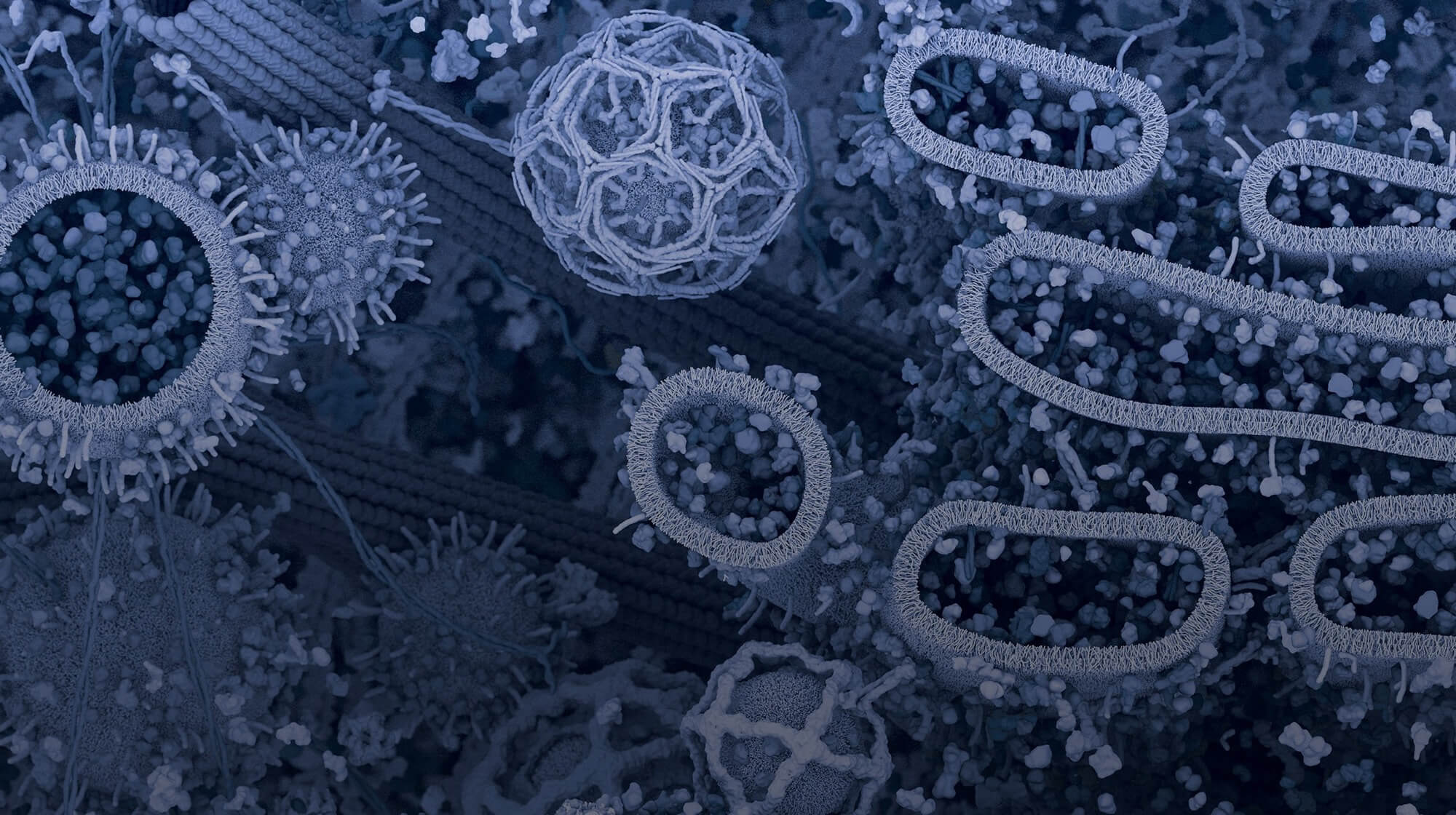It is a certainty that you have now spent, or should have spent, the majority of your time working on your Research Plan to make it as tight, cohesive, and persuasive as possible. Almost done now? Well, you’re not quite there yet, as there are a number of other components of a National Institutes of Health (NIH) or research foundation grant application that you must attend to, and they require care.
These additional components can also play an important role in your application process and can determine whether you get funded. Some of the additional required documents are the abstract, the project narrative, the facilities and resources statement, your vertebrate animal (animal care) statement, budget justification, and letters of support, just to name a few.

Writing the Abstract
Easy right? Thirty lines of text, no problem. Well, in those 30 lines of text, the abstract has to clearly convey the intention of the project, its long-term objectives, specific aims, and a reasonable, succinct, understandable description of the methods and design. It also needs to be understandable to a scientifically literate person. For many reviewers, they consciously or subconsciously form their critical initial opinion of the work based on the abstract. While this is not an abstract for a publication, it may also be published on NIH RePorter (if it's an NIH grant) or a foundation’s website, so be sure to carefully plan what you wish to publicly reveal.
Writing the Narrative
One of the smallest parts of your NIH grant, you get threesentences to describe the public health relevance and potential health impact of your work for a lay reader. Use them well!
Writing the Facilities and Resources Statement
This is more than simply listing the equipment in your lab and your nearest neighbor. Reviewers are looking to be certain that the environment and the infrastructure will allow you to undertake and complete your project. If your research plan requires a high-end microscopy set-up with extensive stereology software and hardware, but your Facilities and Resource statement does not include anything about microscopes, you might have a problem, especially if you are not asking to purchase one in your grant.
Does your department provide administrative support? Are there specialized core facilities to enhance the capabilities of the researchers? Do you have actual, reasonable lab space? It may sound trivial, but most reviewers would notice if you had six key personnel listed for your group and a 100 sq. ft. laboratory.
Writing the Vertebrate Animal (Animal Care) Statement
If you are planning a study that utilizes research animals, this is a section that can absolutely make or break the funding of your grant. You must address several critical criteria:
- Description of Procedures
- Justifications for your choice of species and models
- Minimization of Pain and Distress
- Methods of Euthanasia
To be clear, you must also provide mathematical justification (e.g., power calculations) for the number of animals you plan to use based on effect sizes and experimental design. The Office for Laboratory Animal Welfare (OLAW) at the NIH now has a very helpful online tutorial to help you with preparing this component of your grant.
There are yet other grant components that require your focus, such as your budget justification and more, and they need to be carefully considered as you prepare to submit this document that essentially asks for affirmation of your research program and tests your ability to tell a compelling research saga.
Read the Complete Grant Writing Series:
- Part One: First Things First
- Part Two: Significance and Innovation
- Part Three: The Experimental Approach
- Part Four: Additional Details
- Part Five: Smaller Application Components
- Part Six: Budget Justification, Letters of Support, and More
- Part Seven: How to Interpret Summary Statement and Reviewer’s Critiques
- Part Eight: What Are My Chances?
Check out the Cell Mentor portal for more career advice or scientific tricks and tips.



